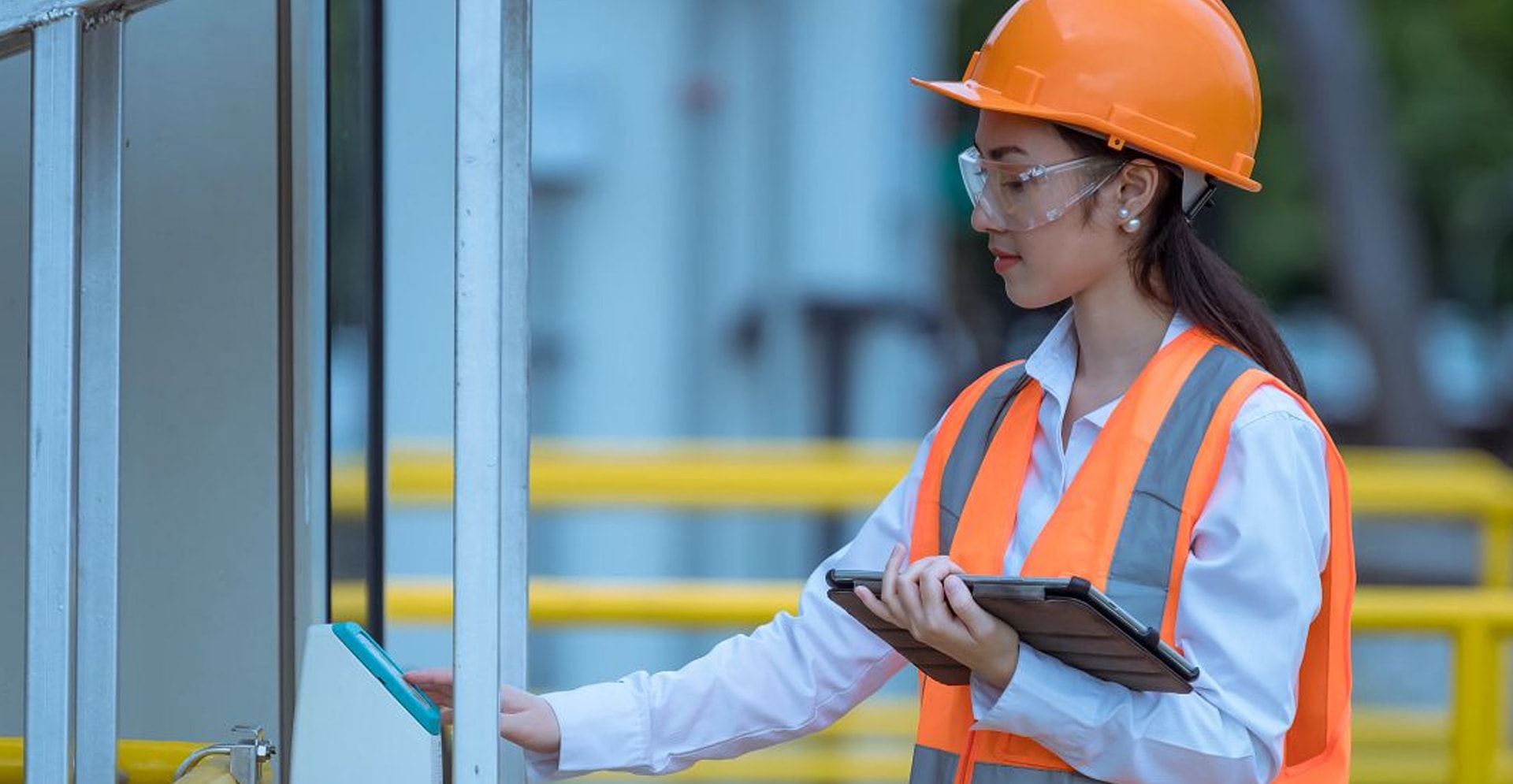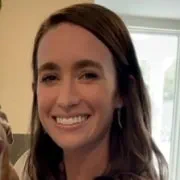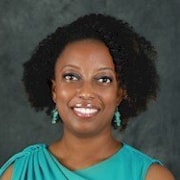This year’s Utility Management Conference (UMC) in Sacramento, CA was another wonderful opportunity to come together as water professionals and discuss what is happening in our industry. Of the many interesting topics covered throughout the conference, of particular importance to me was engaging in discussions about the water workforce, and whether utilities are prepared to tackle the challenges we face around recruitment, retention, and retirement. As I discussed in my recent blog, the workforce, as well as our industry, is changing. We have a unique opportunity to adapt along with it, but we must create the space to do so.
The notion that the water sector struggles with workforce isn’t new (we have been discussing our “silver tsunami” for a while, haven’t we?); yet we still haven’t experienced a paradigm shift to place us on a different trajectory. The time to address this issue is now, but where do we start? We know what the collective problem is, but how do we come together to collectively solve it? I believe we must have industry-wide conversations and open discussions around our limitations and challenges, as well as our ideas for improvement. Our industry shares a common goal of providing our communities with access to clean, potable water and wastewater services—the more we can collaborate to better manage our greatest asset, people, the more we can focus on achieving this goal.
At this year’s UMC, Arcadis had the opportunity to host a luncheon with nearly 40 utility leaders to promote exactly this kind of discussion. C-suite professionals from utilities across the continent attended our lunch event to discuss their experiences, concerns, and ideas for addressing workforce-related issues. Interestingly, regardless of the community served or the geographical location of the utility, several common themes stood out among the participants.
First, there were enriching conversations around diversity and recognizing the uniqueness of all employees. Recruiting a diverse workforce—one that encompasses all the communities that we serve—is essential to breaking down obstacles and fostering cultures focused on inclusion and equity. Doing so requires utilities to have a clear understanding of the needs of their workforce from the moment someone applies to a position to the time that person submits retirement (or resignation) papers. At the recruitment level, this could mean adjusting existing job descriptions and identifying and removing potential employment qualification barriers (or what is discouraging prospective candidates from applying) to understanding what skillsets are needed from someone we want to recruit and keep in the sector.
As employees further their careers, we must recognize that their needs will change—employers have to be able to provide for those changing needs to maintain and motivate their workforce. Annual employee engagement surveys, diversity-led resource groups, and all-hands meetings are some of the methods that can be used to identify, and therefore address, those needs. Lastly, as not all career paths will be linear, there must be different ways to define and measure success. Flexible approaches to career paths that embrace diverse environments will challenge the water sector status quo that typically encourages longevity and tenure but not performance and drive.
Another connecting theme throughout several conversations centered around training and continuing education. Utilities often offer training to incentivize applicants as well as to attract candidates who are passionate about expanding their knowledge. Unfortunately, many utilities are finding that while training can aid with recruiting, several of their promising employees are leaving after they have met their training obligations for higher pay at a competing utility, and more frequently in recent years, a different sector altogether. While solutions to the compensation question are unique to each organization, having leaders be intentional about engaging the workforce while developing opportunities for collaboration and learning are not.
Some interesting approaches to this issue that were discussed at UMC included establishing small-group environments that are agile yet provide for deep learning experiences and creating cultures of mentorship and intergenerational knowledge transfer among employees. Another suggestion was developing targeted knowledge-building activities to aid employees in understanding how to incorporate technology into their everyday routines. This could be done by initiating “day in the life” video captures, conducting microlearning sessions, or using collaboration portals as digital repositories. By incorporating engagement and knowledge transfer into learning and development strategies, we can create mutually beneficial environments for both utilities and their workforce.
Lastly, and perhaps unsurprisingly, much of the conversations around workforce came down to communication. Historically, the water sector has been plagued with being a silent utility with an invisible workforce until an emergency hits. Through promoting, inspiring, and providing more clarity on the work in the water industry, we highlight the people behind the industry and their vital role in maintaining and improving quality of life for our communities. Whether that be doing a better job of telling our water story to new recruits, communicating with current employees to better understand what they need to do their job, or allowing retirees to talk openly about their fears and concerns when it comes to their next steps, we must allow for honest conversations around how we can strengthen our workforce.
While the above suggestions were popular topics throughout the event, they don’t even scratch the surface of the numerous ideas discussed. A common thread throughout, however, is that no matter what challenges utilities choose to tackle—diversity, training, communication, etc.—the solutions will likely benefit all levels of staff, from recruitment to retention to retirement, because the common goal is helping our people.
We can’t fix these problems overnight, but the first step is starting the conversation, which is what Arcadis aims to do. If we can create space for these discussions, we can help each other recognize and gather insight around the work that still needs to be done to build a more resilient workforce. Instead of dealing with these issues in a silo, utilities can come together to discuss shared challenges and, hopefully, collaborate to find solutions.
If you’re ready to join this conversation, please reach out to me.








